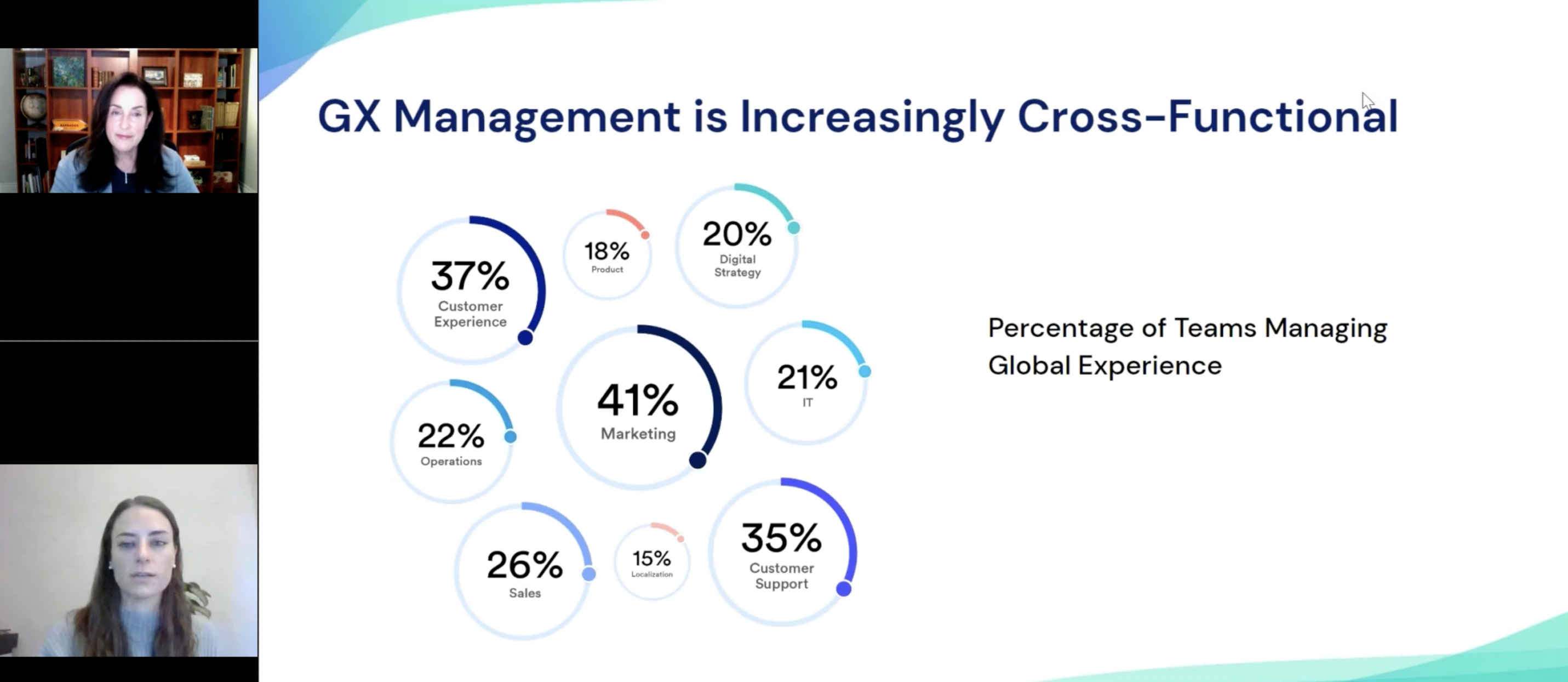Looking at Customer Engagement Through Localization

One of most critical aspects to a successful customer engagement strategy is localization - without it, your prospects and customers may seem disconnected and unable to truly interact with your brand.
In our recent webinar Rethinking Your Customer Engagement Strategy, Dr. Arle Lommel, a Senior Analyst at CSA Research, joined us to dive deeper into the customer journey, why planning multi-language content is important, and how AI plays a role in strategy.
Lommel started the conversation by referencing the latest edition of a CSA Research study, Can’t Read, Won’t Buy, in which nearly 9,000 consumers across 29 countries were asked more about their purchasing behavior and experience.
What stood out most from this survey was just how important language can be. While it might seem obvious to seasoned localization leaders, it’s not necessarily so with many companies in the world - even those aiming to support multiple locales.
“In a survey of over 3,000 global brands, the median enterprise targets just one additional language along with its source language,” said Lommel. And while the average is higher (due to large brands like Google, Facebook, Amazon, etc.), it’s telling that even large global brands tend to focus less on localization.
Example of a customer journey map.
What that may ultimately lead to is a buyer journey with interaction points where customers feel disconnected or unable to get the help or support they need. In fact, 76% of buyers said they would prefer products with information in their language, while 41% said they would exclusively purchase a product if the instructions are localized.
For many companies, this is a difficult transformation that must take place, often one that requires new technologies and software systems to build a scalable process. But it’s becoming more common and even more necessary to engage with consumers as the world becomes more digital.
As Lommel points out, localization success starts with planning from the beginning, so it’s important to strategize early on, regardless of whether you're translating marketing materials or application code. Turning to technology that integrates humans and machines together to get the best of both worlds is a future-proof way to improve both consistency and quality in translation.
• • •
To learn more about customer engagement and how localization plays an important role, watch the full webinar here.
If you’re thinking about localizing your content to expand globally, be sure to request a live demo of the Lilt platform today and chat with an expert to see how adaptive machine translation can improve your efforts.
.png)

